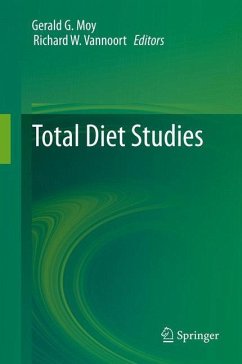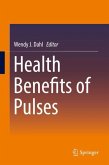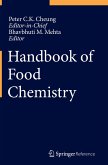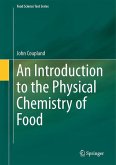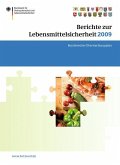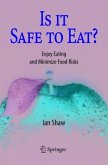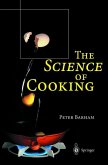Total Diet Studies introduces the TDS concept to a wider audience and presents the various steps in the planning and implementation of a TDS. It illustrates how TDSs are being used to protect public health from chemicals in the food supply in many developed and developing countries. The book also examines some of the applications of TDSs to specific chemicals, including contaminants and nutrients.
The goal of a total diet study is to provide basic information on the levels and trends of exposure to chemicals in foods as consumed by the population. In other words, foods are processed and prepared as typical for a country before they are analyzed in order to better represent actual dietary intakes. Total diet studies have been used to assess the safe use of agricultural chemicals (e.g., pesticides, antibiotics), food additives (e.g., preservatives, sweetening agents), environmental contaminants (e.g., lead, mercury, arsenic, cadmium, PCBs, dioxins), processing contaminants (e.g., acrylamide, polycyclic aromatic hydrocarbons, chloropropanols), and natural contaminants (e.g., aflatoxin, patulin, other mycotoxins) by determining whether dietary exposure to these chemicals is within acceptable limits. Total diet studies can also be applied to certain nutrients where the goal is to assure intakes are not only below safe upper limits, but also above levels deemed necessary to maintain good health. International and national organizations, such as the World Health Organization, the European Food Safety Agency, and the US Food and Drug Administration recognize the TDS approach as one of the most cost-effective means of protecting consumers from chemicals in food, for providing essential information for managing food safety, including food standards, and for setting priorities for further investment and study.
About the Editors
Gerald G. Moy: Formerly a scientist with the World HealthOrganization, Dr. Gerald Moy was responsible for the exposure assessment of chemical hazards and coordinated total diet studies at the international level through a network of WHO Collaborating Centers. Although retired, he remains active as a food safety adviser to the World Food Program, the Chinese National Food Safety Risk Assessment Center, the WHO Interdepartmental Mass Gatherings Group and the International Union of Food Science and Technology.
Richard W. Vannoort: A senior scientist with the Institute of Environmental Science & Research Ltd (ESR), Dr. Richard Vannoort has been the scientific project leader of the last five New Zealand Total Diet Surveys. He is a leading international Total Diet Study expert and has been technical adviser to the World Health Organization on TDSs, and to other countries on numerous occasions, including international consultancies.
The goal of a total diet study is to provide basic information on the levels and trends of exposure to chemicals in foods as consumed by the population. In other words, foods are processed and prepared as typical for a country before they are analyzed in order to better represent actual dietary intakes. Total diet studies have been used to assess the safe use of agricultural chemicals (e.g., pesticides, antibiotics), food additives (e.g., preservatives, sweetening agents), environmental contaminants (e.g., lead, mercury, arsenic, cadmium, PCBs, dioxins), processing contaminants (e.g., acrylamide, polycyclic aromatic hydrocarbons, chloropropanols), and natural contaminants (e.g., aflatoxin, patulin, other mycotoxins) by determining whether dietary exposure to these chemicals is within acceptable limits. Total diet studies can also be applied to certain nutrients where the goal is to assure intakes are not only below safe upper limits, but also above levels deemed necessary to maintain good health. International and national organizations, such as the World Health Organization, the European Food Safety Agency, and the US Food and Drug Administration recognize the TDS approach as one of the most cost-effective means of protecting consumers from chemicals in food, for providing essential information for managing food safety, including food standards, and for setting priorities for further investment and study.
About the Editors
Gerald G. Moy: Formerly a scientist with the World HealthOrganization, Dr. Gerald Moy was responsible for the exposure assessment of chemical hazards and coordinated total diet studies at the international level through a network of WHO Collaborating Centers. Although retired, he remains active as a food safety adviser to the World Food Program, the Chinese National Food Safety Risk Assessment Center, the WHO Interdepartmental Mass Gatherings Group and the International Union of Food Science and Technology.
Richard W. Vannoort: A senior scientist with the Institute of Environmental Science & Research Ltd (ESR), Dr. Richard Vannoort has been the scientific project leader of the last five New Zealand Total Diet Surveys. He is a leading international Total Diet Study expert and has been technical adviser to the World Health Organization on TDSs, and to other countries on numerous occasions, including international consultancies.

